Transformation Strategy 2022 - 2027
In this section
Workforce
1. Overall aim
To oversee the development of a Workforce Strategy and delivery of key workforce priorities to enable the Council to become a more modern and responsive organisation and an ‘Employer of Choice’.
2. What do we need to transform and why?
Employees are the organisation’s most important asset and account for approximately 60% of total expenditure. The future recruitment, retention, development, and well-being of our workforce will be key to the delivery of a successful Transformation Programme and to the Council’s wider strategic objectives.
A number of managers have observed that the ability to create a flexible, more dynamic workforce which can respond to fluctuations in service demands, would be the biggest contributory factor in allowing them to transform their services. Workforce recruitment is one of the biggest challenges currently facing the organisation and there will be need to think differently about how we respond to these challenges.
Workforce Planning will be critical to forecasting and identifying current and future organisational needs. Age profile analysis indicates that a low proportion of the workforce is under 25, and as the workforce ages (over 50% of our workforce are over 45 years of age), there is a need to ensure that service delivery is sustained into the future.
The implementation of a new Staff Recruitment system will support with the adoption of modern working practices that also meets the needs of managers and applicants.
There will be a need to review current HR policies to ensure that they are fit for purpose and help the Council in meeting its ambitions of becoming a more modern and flexible organisation. This will need to dovetail with and complement change in other areas of the Council, such as office rationalisation and the move to hybrid and digital working.
There will also be a need to ensure that our workforce is equipped with the required skills and behaviours to support the type of change and transformation required across the organisation.
In order to measure our investment in staff, we have signed up to the Investors in People (IiP) standard which provides external benchmarking against and international standard. The current review is taking place in October 2022, which will provide objective feedback for us to use improve.
3. Key Objectives
- Further develop and strengthen the Authority’s strategic workforce management framework to support the Council in becoming an ‘Employer of Choice’.
- Further develop the Councils approach to Workforce Planning to provide the capacity and resilience to deliver its strategic objectives and anticipate and meet future needs.
- Ensure that the Council is able to make effective use of data to strengthen the performance and strategic management of its workforce.
- Make effective use of technology to help modernise key workforce processes and procedures.
- Strengthen the Council’s approach to the recruitment, retention, and flexibility of its workforce.
- Ensure that the Council staff are equipped with the necessary skills and behaviours to support the effective implementation of the modernisation and transformation agenda to enable the Council to deliver on its wider aims and objectives.
- Continue to strive to improve the health and wellbeing of our workforce.
4. What will be our priorities for the coming year and beyond?
- Develop a new Workforce Strategy for the organisation which will set out the ‘people’ related aims and delivery priorities by December 2022.
- Develop a comprehensive Workforce Data Framework and ongoing monitoring and review mechanisms at a corporate level by June 2023.
- Work with the LGA to implement a pilot Workforce Planning pilot project within Social Care/Children’s Services and then roll out a similar approach across other services – by June 2023.
- Complete the implementation of new Staff Recruitment process and system by September 2023.
- To develop a Strategy and initiatives to attract, recruit and retain talent in the context of a contracting workforce by June 2023.
- Investigate opportunities to reduce agency and other staffing costs (corporate & schools) including the potential to establish an in-house agency/supply function and /or staffing hub by September 2023.
- Fully implement the new Learning Management System to support the provision of targeted Learning & Development interventions that support the strategic aims of the organisation while streamlining processes by September 2023.
- Further develop the Council’s Leadership and Management framework to support the workforce to transform and deliver by March 2023.
- Implement Future Workforce Programme to encompass graduate, apprenticeship and work experience opportunities which are aligned to workforce planning priorities by January 2023.
- Undertake a review of relevant HR policies to support the development of a more flexible and dynamic workforce by June 2023.
- Develop a business case to support the adoption of a more commercial opportunities in respect of the Council’s Occupational Services by January 2023.
- Increase staff engagement initiatives across the organisation by June 2023.
5. How will we measure the impact of this work?
- Reduction in sickness levels
- Reduction in staff turnover rates
- Exit Surveys – findings/themes
- Increase in levels of staff engagement
- Applicant to interview ratio (are we attracting the right staff) for internal and external applicants
- Job acceptance rate
- Win/lose ratio (where are we attracting candidates from/where are we losing candidates to)
